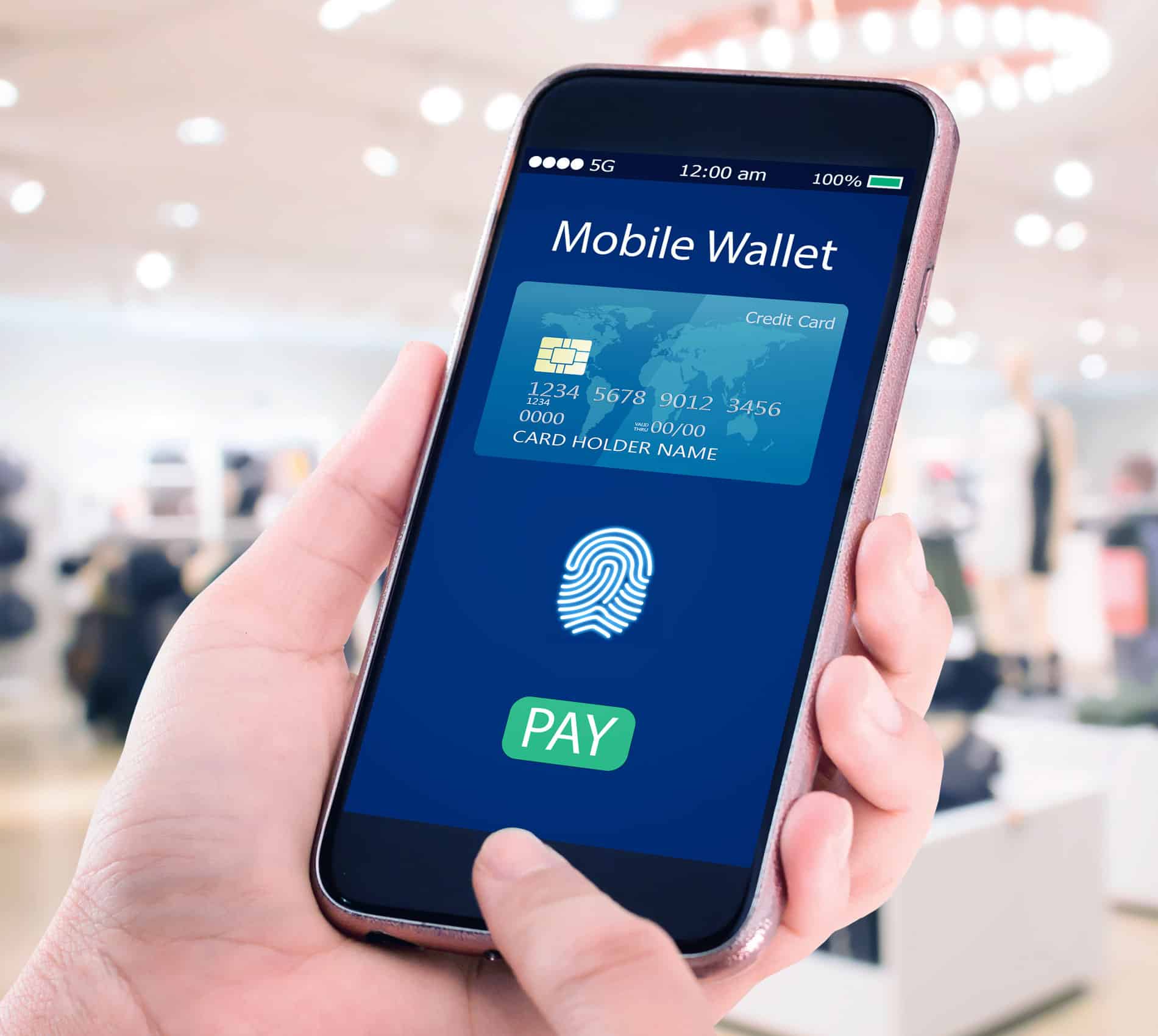As the COVID-19 pandemic took hold of the world, governments, businesses, retailers and consumers witnessed a rapid shift in payments to digital wallets. According to the 2021 Global Payments Report by Worldpay for FIS, digital wallets were the second-most popular in-store payment method in 2020 with a share of 22% after cash payments.
The report projected that digital wallets would overtake cash as the most popular in-store payment method by 2024, accounting for 33% of payments. Payment method trends accelerated toward digital solutions throughout APAC in 2020; as commerce shifted from the point of sale to e-commerce, consumers shifted payment preference to digital methods. Digital and mobile wallets continued to gain in popularity as consumers turned away from cash at historic rates.
As was the case throughout the world, the economic impacts of COVID-19 were felt most acutely at the point of sale. The pandemic contributed to significant drops in POS transaction values in India (-8.1%), Singapore (-10.4%), Thailand (-9.2%) and Japan (-7.4%). It is apparent that human behaviour has already changed, and trends that we have seen around contactless payments and digital commerce have gone into hyperdrive.
Mahendra Nerurkar, CEO Amazon Pay, the company has so far enabled five million small and medium businesses (SMBs) to accept digital payments through QR code-based payments, told Financial Express that initiatives taken by digital wallet companies to tap into general trade or kirana stores have contributed to the trend. Notedly, PhonePe also has features like PhonePe Business app and PhonePe Stores for general trade owners.
Sushail Sameer, group President BharatPe, said that when buying high-ticket products like smartphones, customers prefer to swipe debit or credit cards. The fintech platform, which provides a single QR code to merchants for UPI transactions, has seen its average ticket rise to 800 as compared to 300 in the pre-COVID period. BharatPe has a presence in the top 100 cities and plans to expand in 300 more cities backed by the growth being witnessed in UPI transactions.
Also Read: COVID-19 pandemic pushed people to adopt e-commerce
Moreover, data by the National Payments Corporation of India highlights that UPI transactions in November grew three-fold to 2.2 billion as compared to 0.7 billion in the pre-COVID period. Peer-to-peer accounted for 60% of transactions, while peer-to-merchant, which includes in-store payments contributed 40%. Furthermore, the volume of transactions in 2020 through UPI was twice that of digital wallets.
















Pingback: Pandemic pushes back USD 5 trillion GDP goal by 3 years to FY32: Report | The Plunge Daily
Pingback: Facebook accepts India’s content moderation as “legitimate scrutiny” | The Plunge Daily